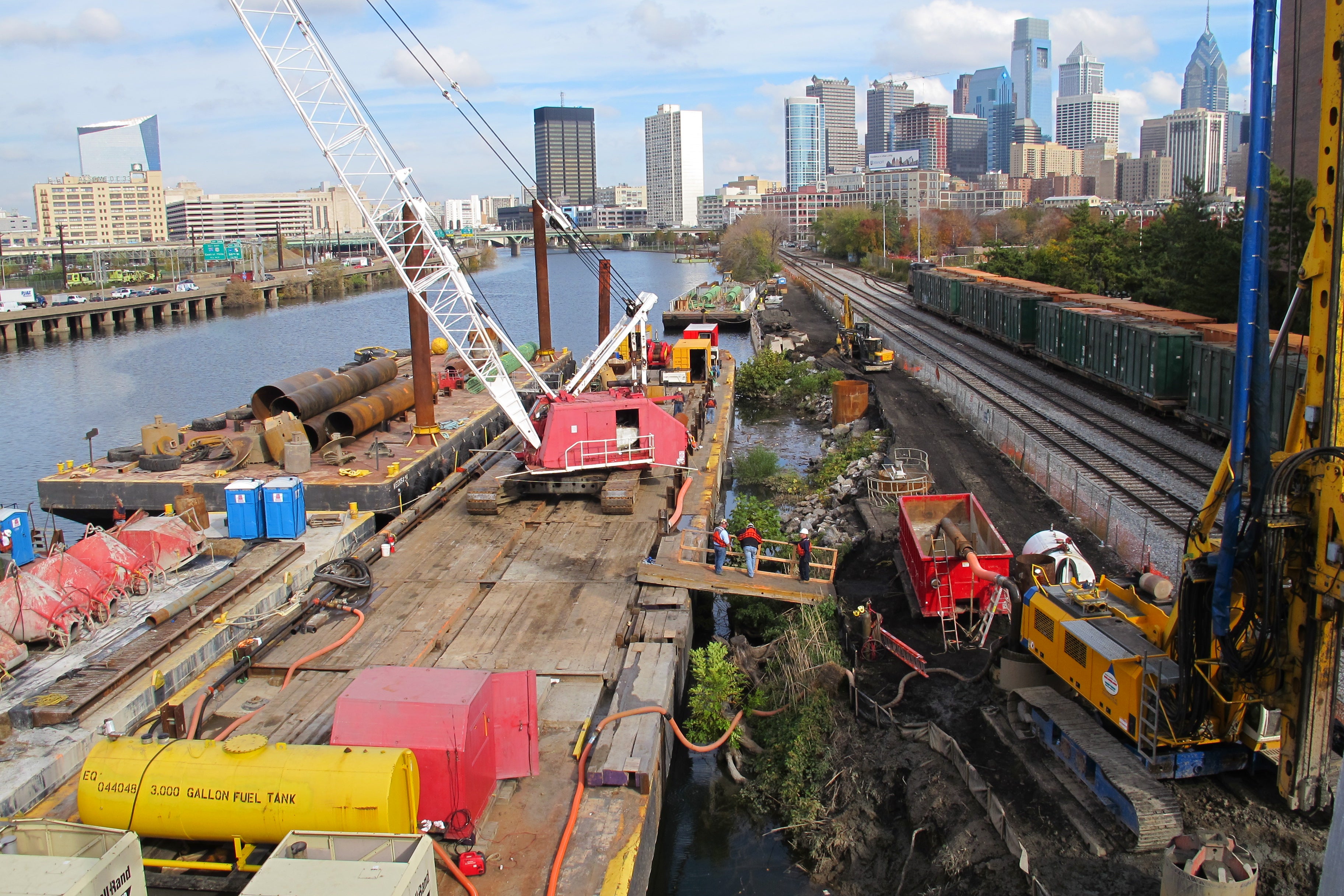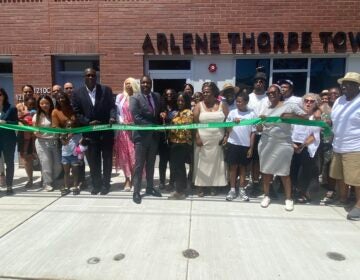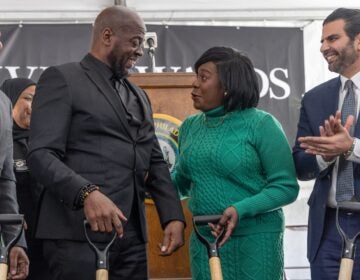Study says Schuylkill Banks projects are an economic engine

The Schuylkill Banks trail and greenway is more than just a pretty place to get some exercise, according to a recent economic study.
It will cost a total of $60 million to build the trail sections and affiliated parts that are either complete now or scheduled to be finished by 2015. The study by Econsult Solutions says that direct expenditure will create 320 jobs within the city and 1,020 state wide; generate $780,000 in city tax revenues and $3.2 million in state tax revenues. It will produce $89.4 million in total expenditures, when taking into account both the direct expenditures – the costs of creating and maintaining the green space – and indirect expenditures – such as trail workers spending their earnings and goods and services.
The river projects also have and will continue to have a positive impact on housing values in the development area, said economist Lee Huang, a senior vice president and principal at Econsult Solutions who worked on the study, which was paid for by the Schuylkill River Development Corporation, the entity building the trail.
“We’ve always felt there were economic benefits to the trail, and that it is an economic engine, not just a recreational thing,” said SRDC President Joe Syrnick. “The economic engine is an argument that makes more sense when the biggest problem we have is funding,” he said. “We can say it’s not a cost, but an investment. These things will pay for themselves over time.”
Syrnick, who made these comments at a recent Philadelphia City Planning Commission meeting, recused himself when the rest of the board voted to support a property bill that will allow SRDC to build the planned portion of the trail from South Street to Christian Street. The bill, green lighting the commissioner of public property to acquire land from the Philadelphia Redevelopment Authority, has since passed council.
Huang, of Econsult, said that the initial impacts of building a riverfront trail and parks are no different than spending the same amount on any other project – it’s money pumped into the local economy through the purchase of labor and goods, and cycled again by suppliers making more product and workers spending their wages. “But what you are left with when you are done could be very different,” he said. Huang noted there is more and more literature on the economic benefit of trails, and the positive impact they have on property values.
“You see their usefulness in drawing both employees and employers to an area,” he said. “Increasingly, when people are looking for a place to live and work, or a place to relocate or expand their business, they are looking for a place where they can have outdoor amenities.”
And the trail along the Schuylkill – which Huang himself uses – “Is a really nice amenity that people enjoy.”
The Econsult study says the average value of a home in the SRDC development area was $123,020 in 2000, and had increased to $312,252 by 2011. “Investments made by SRDC were therefore partially responsible for an increase of over 150 percent in residential property value near the Schuylkill Banks since 2000.”
Noting that property value in many parts of the city increased during that time, PlanPhilly asked Huang if it was possible to tease out the portion of that increase directly attributable to the Schuylkill Banks projects.
Huang said Econsult did not extract that for this report, but did so for a PennFuture study in 2010. In that study, he said, the economists sought to answer the question: What are the economic benefits of building out the waterfront trail on both sides of both rivers.
The conclusion, reached in part by looking at earlier Philadelphia studies and reports: “People are willing to pay a 4- to 7-percent premium for parcels within short walking distance” from a trail or green space, Huang said.
Paul R. Levy, President and CEO of the Center City District, called the accessibility of some of the Schuylkill Banks projects to Center City residents “an extraordinary advantage.” He sits on the Schuylkill River Development Corporation board, lives close to the Schuylkill, and said the trail is used by everyone from young professionals to families with kids.
Levy said investing in Schuylkill Banks and other parks and green space is crucial “if we’re going to get more North Americans to live in high-density cities.” For all the wonderful things city life offers, it doesn’t offer the back yards of the suburbs, he said. “These spaces are our backyards.”
“We need to be doing the same thing on the Delaware,” he said.
The city has a Master Plan for the Central Delaware, and a trail and new parks are part of it. Some parts are finished, and others are underway.
Huang said the findings of the Schuylkill Banks study could be extrapolated to the Central Delaware Riverfront.
“One would think, in a broad sense, the economic impact of having something like Schuylkill Banks, along the Delaware would be just as impactful, if not more impactful,” he said. “More people live close to the (Delaware) River.”
City zoning law requires that any riverfront development along the Delaware or Schuylkill be set back 50 feet from the water. It is within this setback that the Delaware River Waterfront Corporation is planning to build much of the trail. Some development advocates have said this and open space requirements and other provisions of the new Central Delaware Overlay will financially harm landowners or developers.
Huang said that requirements may cost some landowners or developers more than the value that would be added to their property by a trail or other waterfront amenity, depending on circumstances.
“On one hand, they are forgoing space they can develop on, and generate revenues from,” he said. “On the other hand, being connected to a trailway confers additional value.”
Huang says whether the benefits outweigh the cost for an individual developer/land owner depends on a lot of factors, including the size of the parcel, how intensely the parcel is being developed, and the spatial distribution of the development. “In some cases (a setback) is no big deal. In some cases, it can be somewhat punitive, depending on what would have been done with the land otherwise.”
Are there any negative impacts on other city residents?
It may make it more difficult for some people to afford their taxes or rent, Huang said, but for most property owners, the impact is overall very positive. He went on:
“If I own property, and something good is added nearby and I enjoy that thing, then yay for me. But even if I don’t enjoy it, I”m benefiting because the value of my property has gone up in the marketplace,” he said.
But if assessments are kept up to date, the positive growth will be somewhat offset by an increase in the property tax bill.
This can be difficult for people on fixed incomes, he said. And tax increases are generally passed on to renters with increased rent, he said, and while they have a new amenity to enjoy, some may be eventually forced out by the increase.
But Huang said for most nearby residents, the positives far outweigh the negatives. An increase in property value “is what most people in America are striving for.”
WHYY is your source for fact-based, in-depth journalism and information. As a nonprofit organization, we rely on financial support from readers like you. Please give today.






